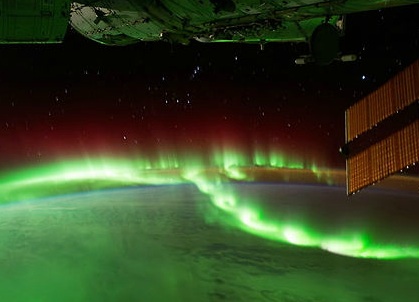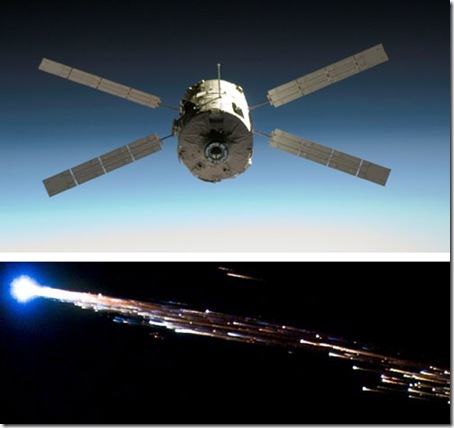
credit: NASA
When Earth finally does push out to Mars with a colonization, it might be that Caenorhabditis elegans nematodes, a roundworm, will be of assistance. Not only have we completely mapped its genome, it also has 20,000 genes – close to the 23,000 that human beings have.
The complex DNA structure of the nematodes could allow it to serve as test subjects to gauge the radiation levels on the Red Planet. Already they have proven themselves to be highly adaptable to space travel, having spent three months on the Discovery STS-116 mission in December 2006.
The nematodes thrived during their time in space, growing and even reproducing in the near zero gravity environment. More recently, 12 generations of the microscopic worms were studied aboard the International Space Station (ISS) in May 2011, where they returned very favorable results. According to study lead author Nathaniel Szewczyk,
We have been able to show that worms can grow and reproduce in space for long enough to reach another planet, and that we can remotely monitor their health…While it may seem surprising, many of the biological changes that happen during spaceflight affect astronauts and worms, and in the same way.
The studies show promise with the nematodes being a very cost effective and accurate means of judging the effects of space travel. Who knows, maybe we will soon have Martian worm farms that serve to teach us about our closest planetary neighbor.
The Adaptable Nematode
Nematodes have successfully adapted to nearly every ecosystem from marine to fresh water, to soils, and from the polar regions to the tropics, as well as the highest to the lowest of elevations. They are ubiquitous in freshwater, marine, and terrestrial environments, where they often outnumber other animals in both individual and species counts, and are found in locations as diverse as mountains, deserts, oceanic trenches, and within the earth’s lithosphere
source:wikipedia


